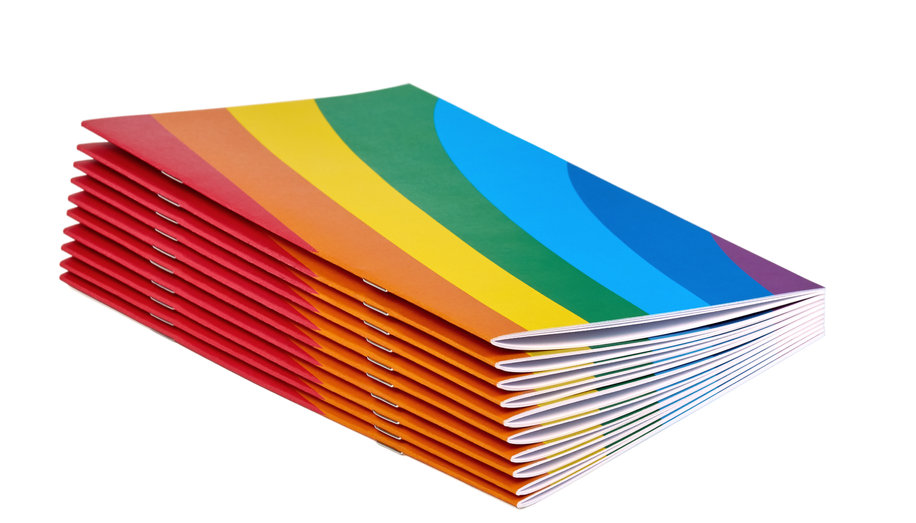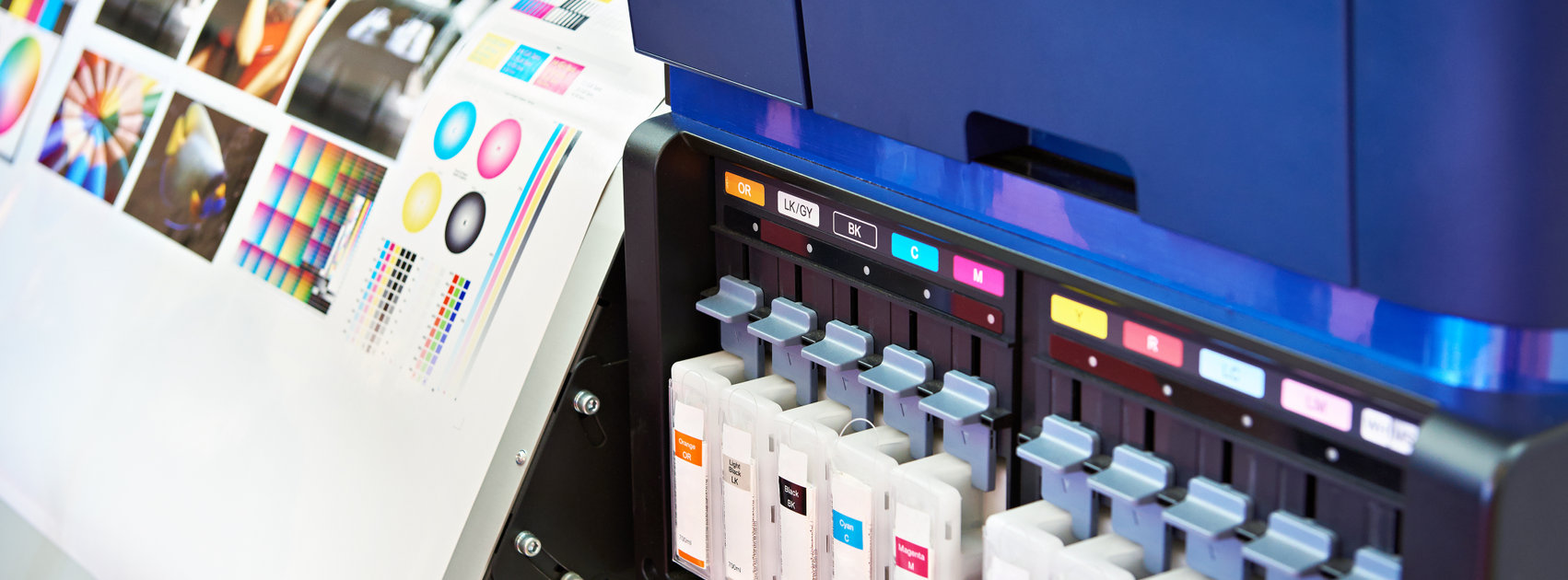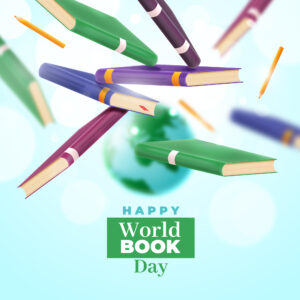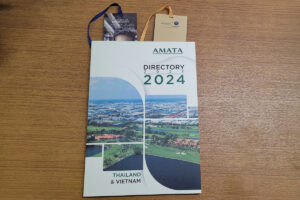For those on tight budgets, ScandMedia can provide Print on Demand (PoD) in Thailand as well as in the rest of Asia. Clients no longer need to concern themselves with having to print in large quantities, as ScandMedia can manage printing from one copy to any number of copies, always at a premium quality – and at an affordable price – while always remaining reliable in terms of delivery
Smaller print runs’ friend
When is using one particular printing method over another the preferred choice? When it comes to Print on Demand as option, ScandMedia facilitates this know-how and recommends it to our customers – typically when a smaller print run is requested, or more economical.
With Print on Demand (PoD) one can avoid printing excess copies of something and instead focus on its benefits. Also, PoD jobs should not necessarily be produced using one specific technique, and here ScandMedia can expertly guide you into making the right choice for the particular product and circumstance.

Advising our clients in this way is also in line with ScandMedia’s focus on being a one-stop-shop for design and print of any graphic jobs (aside publishing and content production).
Since the dawning of PoD and further development of printing technologies, the quality of this printing method is today fully comparable with offset quality. The technology is essentially inkjet unless the inside content pages are black and white. Should that be the case the job is printed partially with black and white laser printing, while digital colour printing is only used for the cover.
Modern book publishers today have gone to the ultimate use of PoD by producing a single copy of a particular book only when the copy is purchased on their webshop. The cover of these books are usually printed with inkjet technology, which is the method used for most short run colour jobs, while the inside pages are produced on black and white laser printing machines like advanced office copy machines.
“Today, PoD belongs to the many instruments available in our tool-box at ScandMedia. Some customers are not aware about it and that it could be the best way to produce their job. When we advise them they may therefore feel concerned that the quality will look less professional than traditional offset print – if that is what they are used to,” says Gregers Moller, Managing Director at ScandMedia.
“To prove the end quality we show previous examples and when the customer indicates the desired end result by selecting among these examples, we move to determine the production method.”
The print-on-demand technology has been on the market for a number of years, so this choice of production method has become more rational for most of our larger, regular customers.
When to use Print on Demand
The decision whether a particular printing should be completed in traditional offset or PoD is determined solely based on the need for copies. For instance, the documentation of a seminar may result in a printed compilation of material, where usually a very low number of copies are needed. If on the other hand a booklet for wider distribution, on say hand hygiene, is produced in, the need is easily up into thousands of copies. Then, traditional offset printing is usually much cheaper.
In many cases a client needing design and/or printing may not know the options and are therefore much better off using the expertise service of ScandMedia. You might even be looking for PoD service but your needs could possibly save money by using other printing method, or choosing a different printing material! ScandMedia is not only fast and efficient but also plays the key role of being neutral when it comes to advising on printing. ScandMedia does not have machine investments that we need to earn back, so our advice is independent and the method we chose and the sub-supplier we engage is selected solely based on what we believe is the optimal solution for each individual printing job.
“Not all jobs are equally suitable for PoD, and not all PoD jobs should be produced using the same technique, so therefore it pays off consulting ScandMedia before deciding the production method,” states Mr Moller.
PoD is typically used for some form of physical product where our clients print books in the form of reports, published books or magazines, or for instance business cards and brochures.
“The tipping point for the when PoD is economically more attractive than offset is usually somewhere between 200 and 300 copies. Apart from the print run, the customer should also consider the shelf life of the printed matter. For instance, would it not be better to print a new updated version of a brochure shortly before a new exhibition – instead of bringing old brochures to the stand? It would also make it possible to include the name of the exhibition on the front and in other ways make the material stand out more.”
This is one of the main benefits with PoD; enabling the option to edit the design before printing the next batch. PoD also eliminates the temptation to buy more than what is needed here and now.
“This is why Print-on-Demand became an instant hit with our customers as a way to save on their printing budget. Print buyers have always been tempted to request a higher print run than they actually needed because the last two hundred copies were so affordable,” emphasizes Mr Moller.
ScandMedia itself benefits from using PoD as a publisher of own publications. We produce very short print runs on magazines serving only print subscribers, while the majority of the copies are digitally distributed via email and consumed online. For publishing of books POD services can be used to make sure that these remain available when one print job has sold out, but another has not yet become available.

All print customers can benefit from PoD, provided: 1) only a limited number physical copies are needed or 2) it is likely that there will be adjustments between each new print run. Sometimes, a limited number of copies can be used to make a determination of the need in the market before deciding the quantity needed.
ScandMedia’s unparalleled facilitation
Small print runs means also small distribution costs. Sometimes, PoD can also be used to avoid the transportation into the country of heavy brochures – and instead print the copies that are needed in the country and dispose of the left over copies when the event is over. ScandMedia is based in Bangkok, Thailand and usually prints there, but can facilitate the best options for our clients.
PoD also allows to add a design and branding to a rage of product for selling, including: stickers, key chains, posters, flyers, canvas, calendar, mugs, notebooks, stationery, bags, t-shirts, etc.
Many PoD jobs are simple when it comes to the content pages, but to make the publication attractive, the cover needs a professional design. In these situations, we concentrate on designing the cover and only adjust minor problems regarding the layout of inside pages.
One good reason to turn to us at for your PoD needs is that even if you are an expert buyer who knows which method to apply, we can often give a competitive quote because our supplier deals based on a higher purchase volume than the occasional print buyer!
ScandMedia moved into offering PoD when our customers started to request smaller print runs. And we have been there since before it even existed: “Initially, the technology was not available. To deliver very small print runs we at that time instead had to ask our suppliers of printing plates to make e.g. 20 proof prints of a set of offset printing plates. Then we would take these proof prints to the printer and ask them to fold, stitch and trim into brochures!”
Gradually the printing suppliers invested in more and more sophisticated printing techniques, enabling this printing method to flourish. Since then, many customers reprint via ScandMedia too, rather than using a competitor, as we can modify the files much easier.


